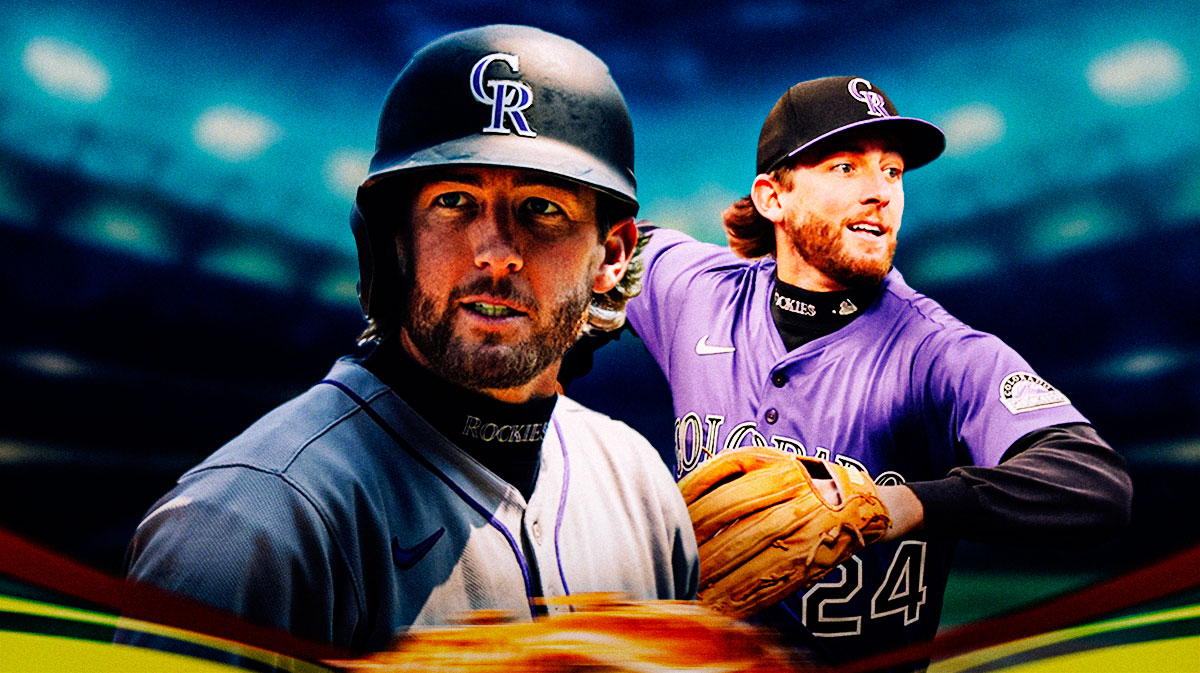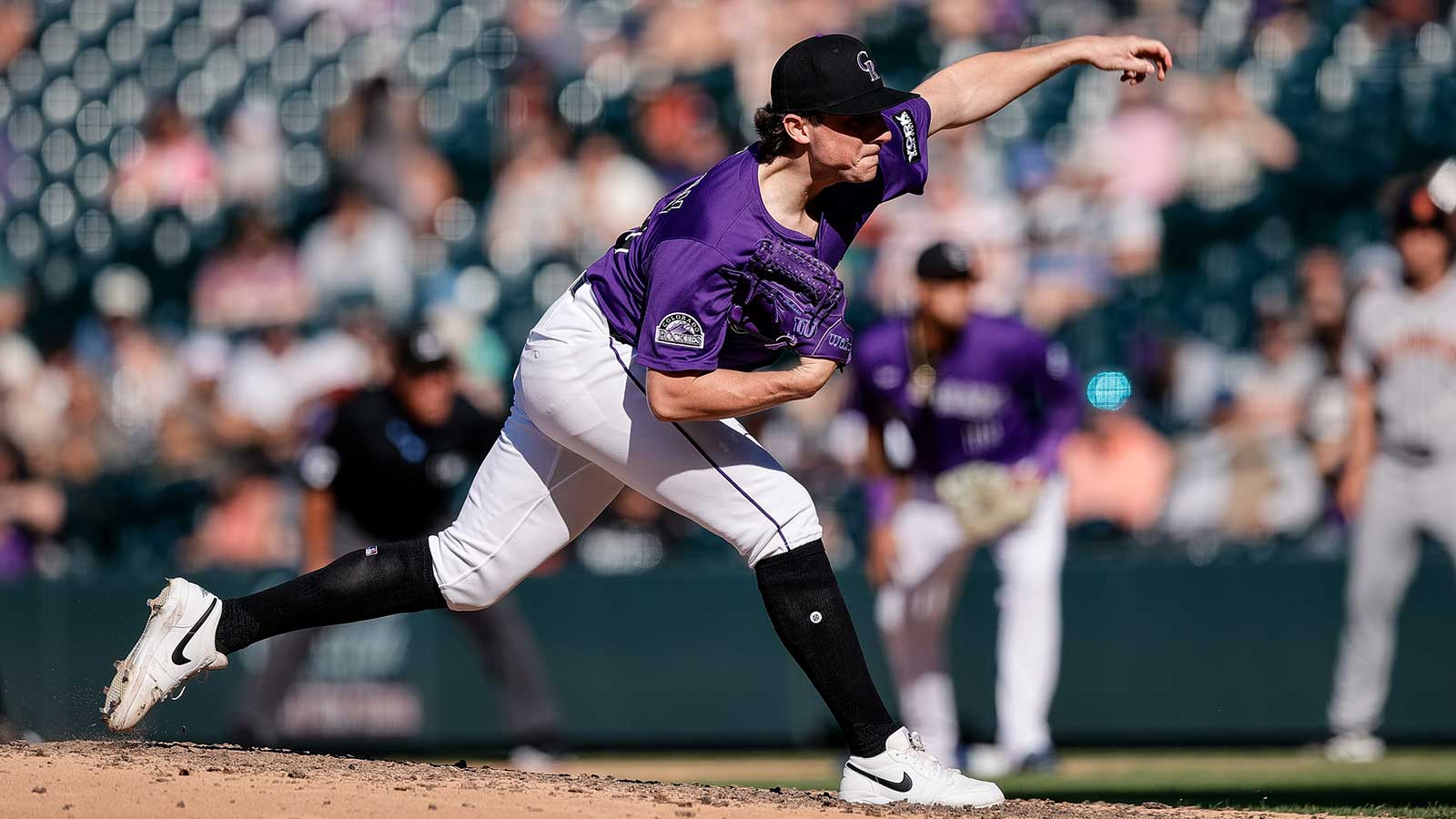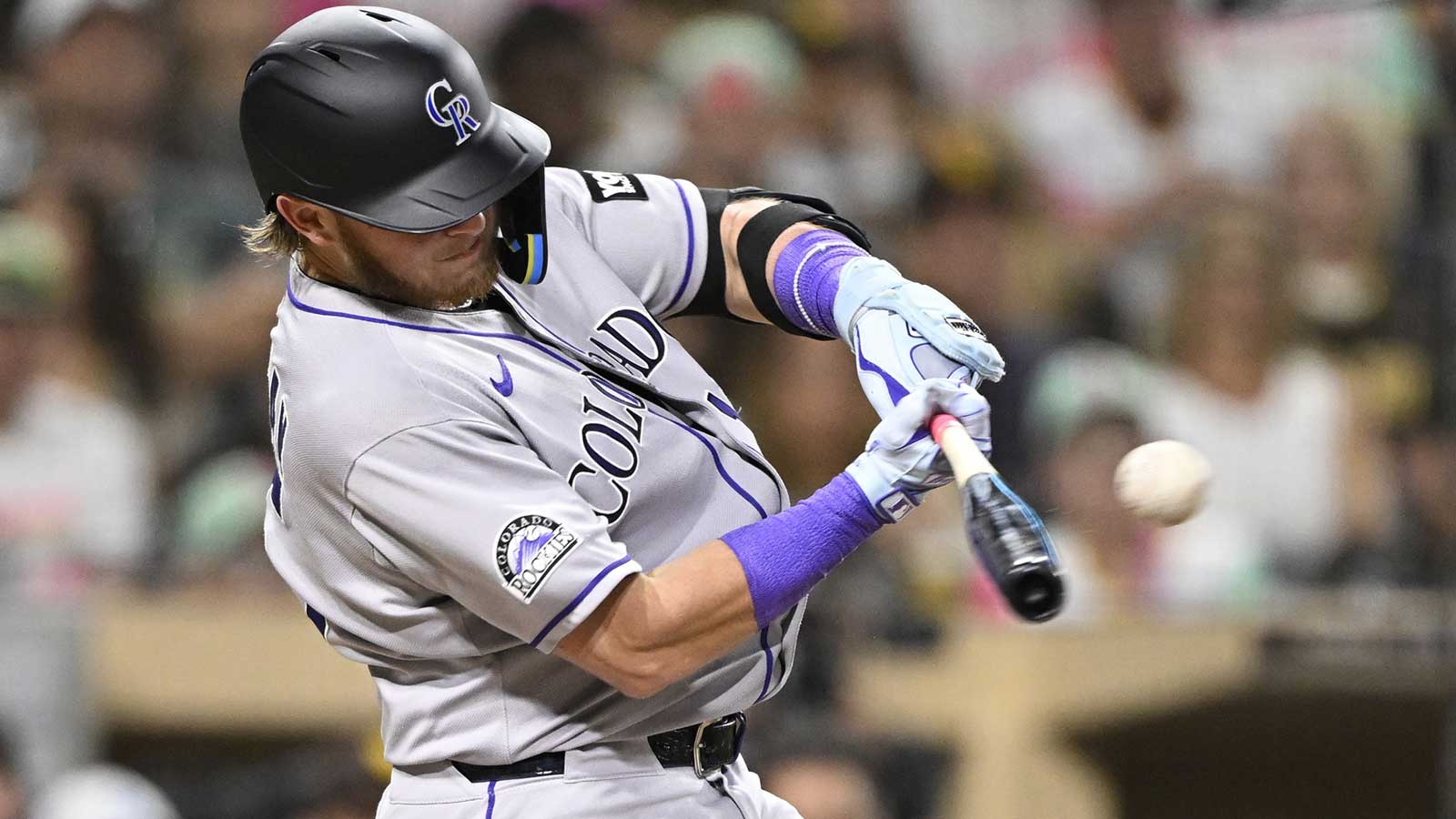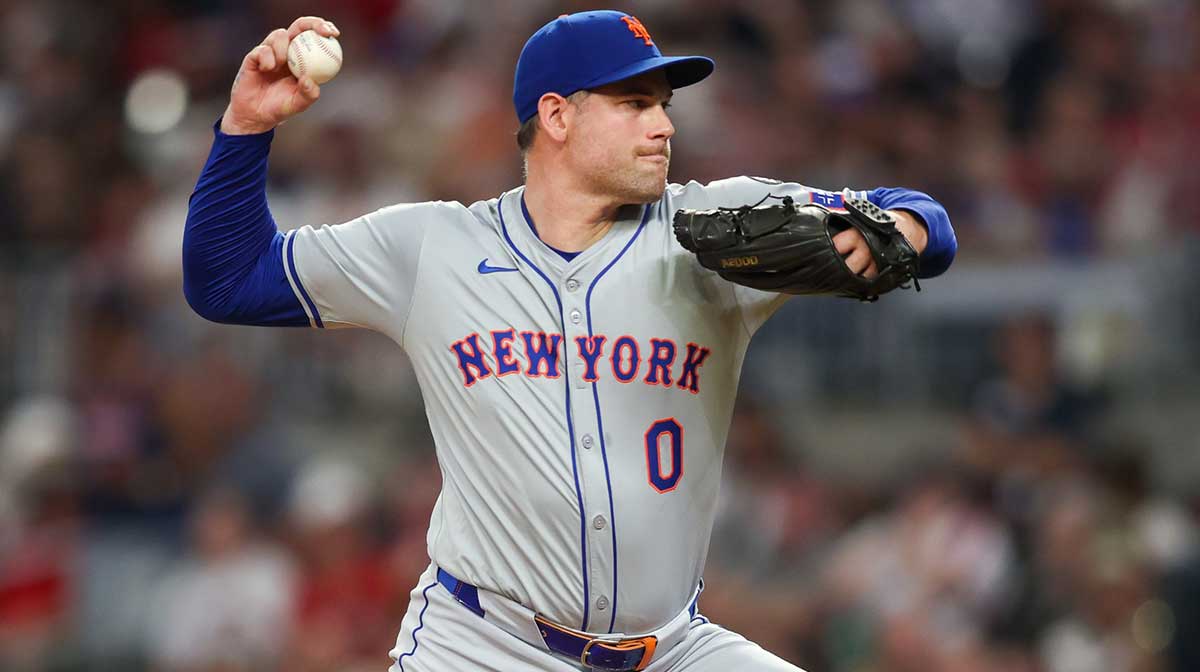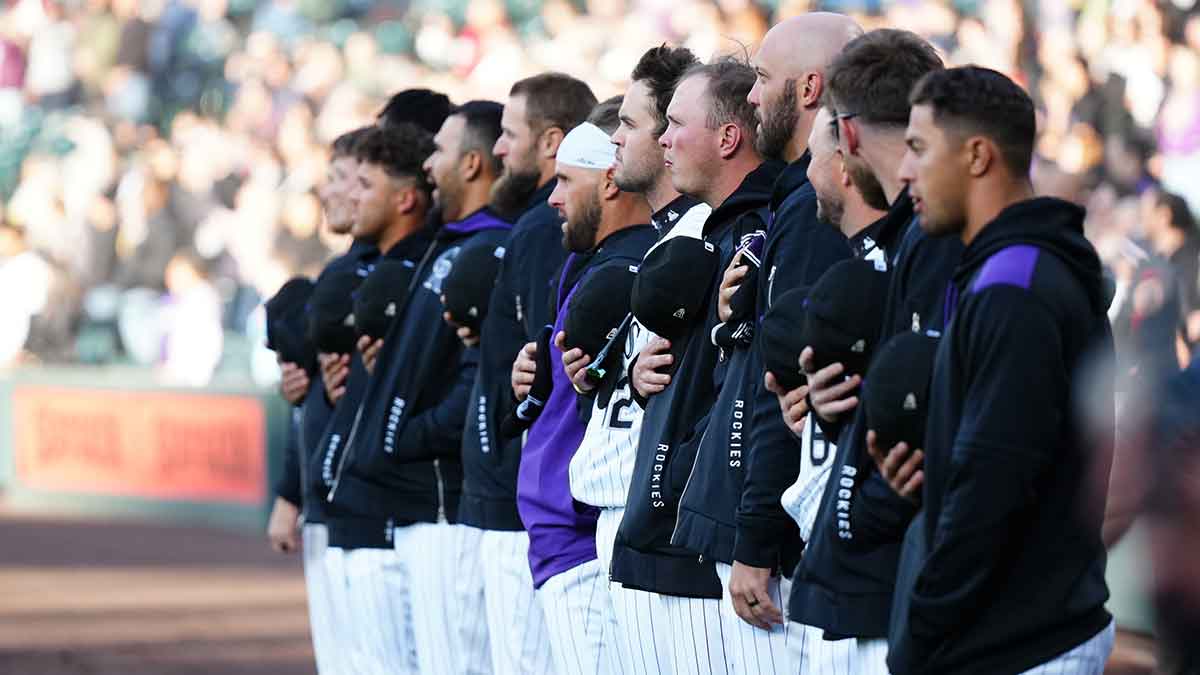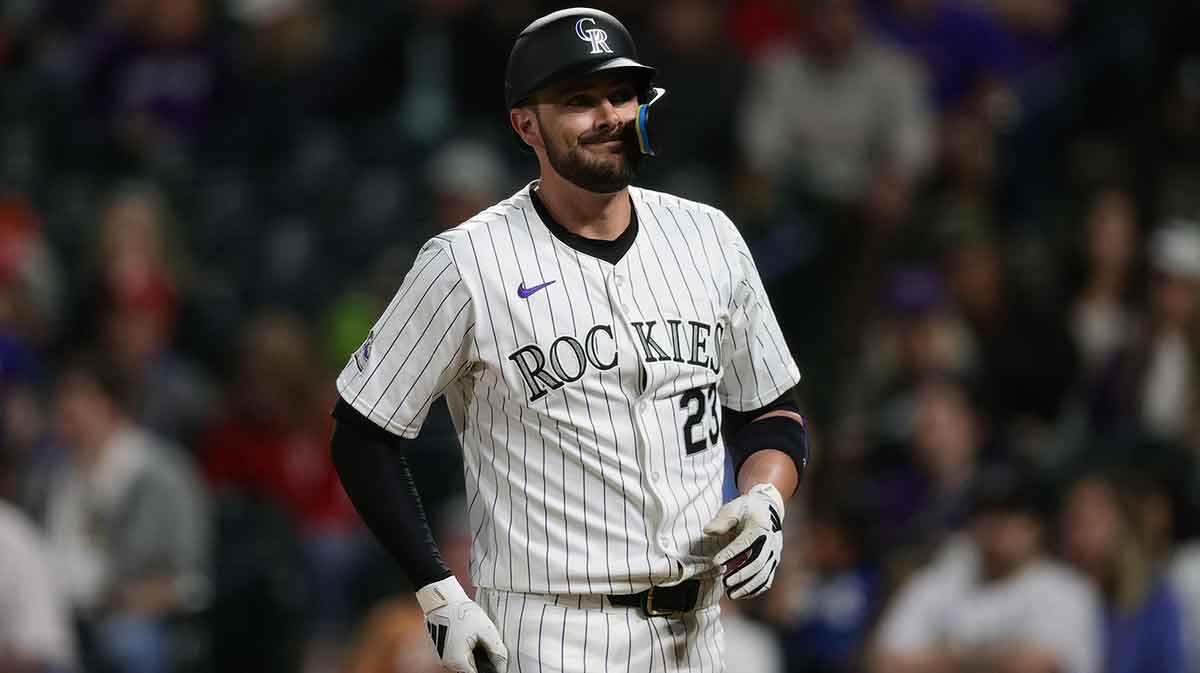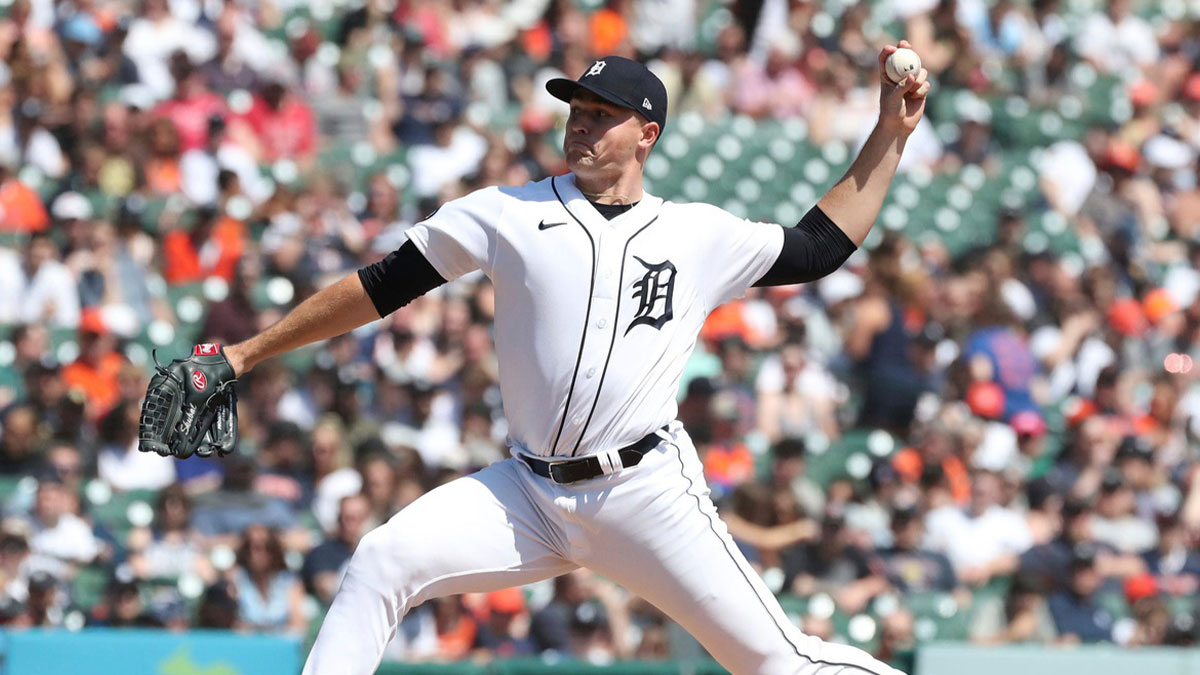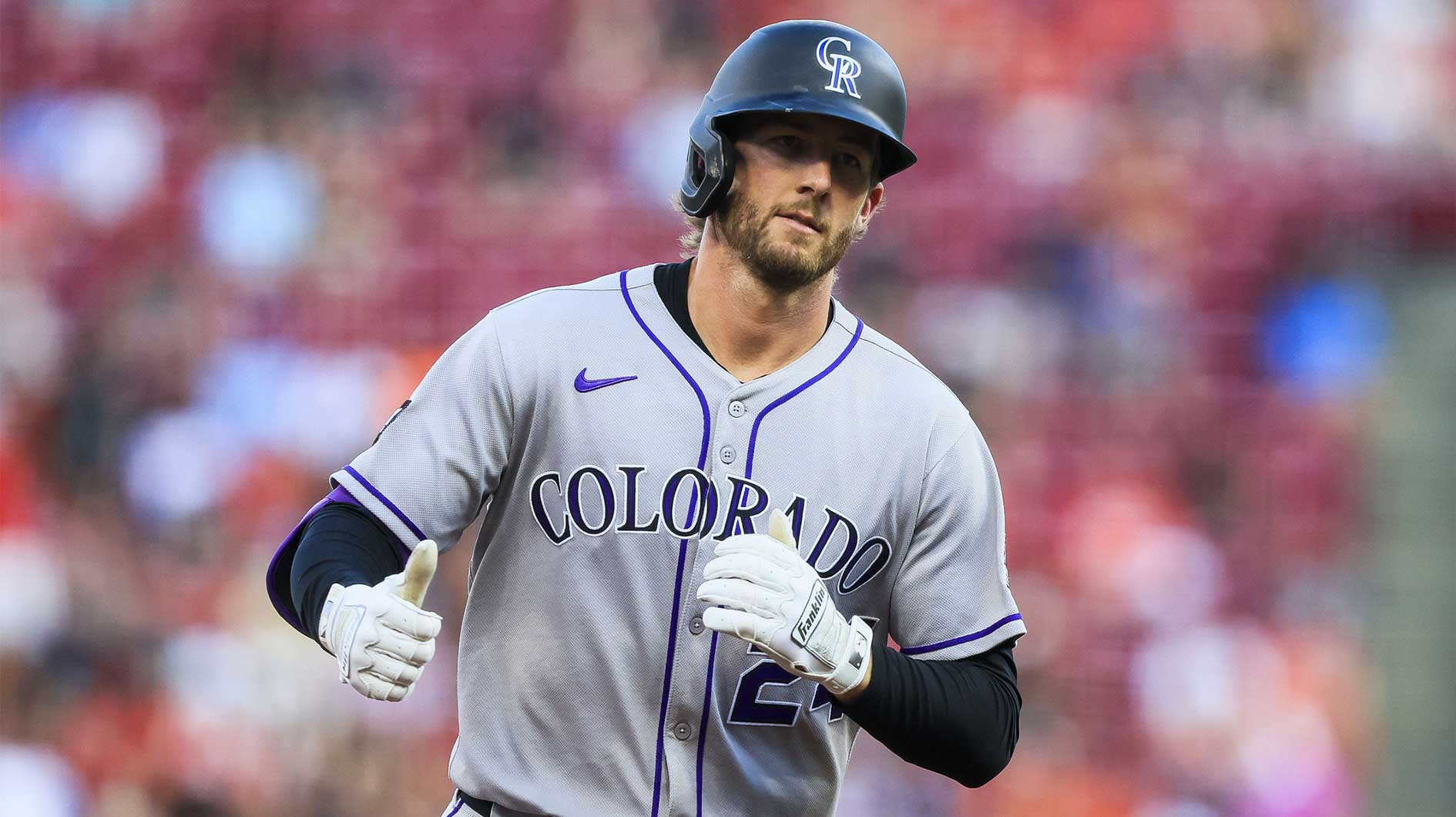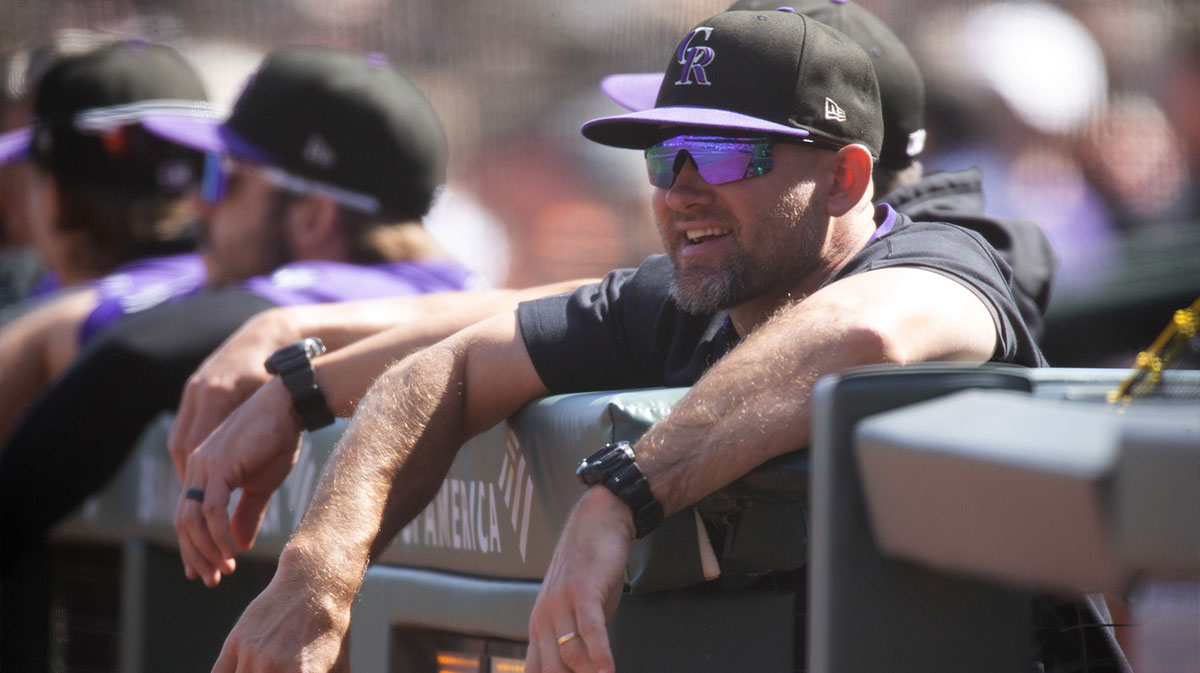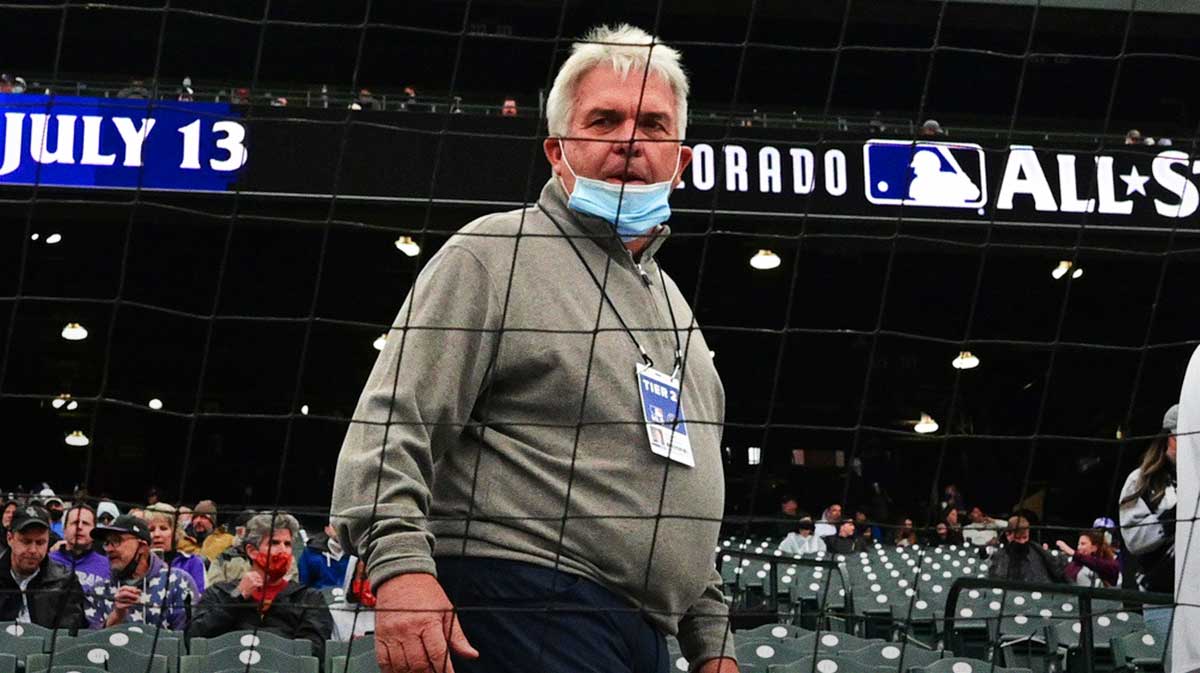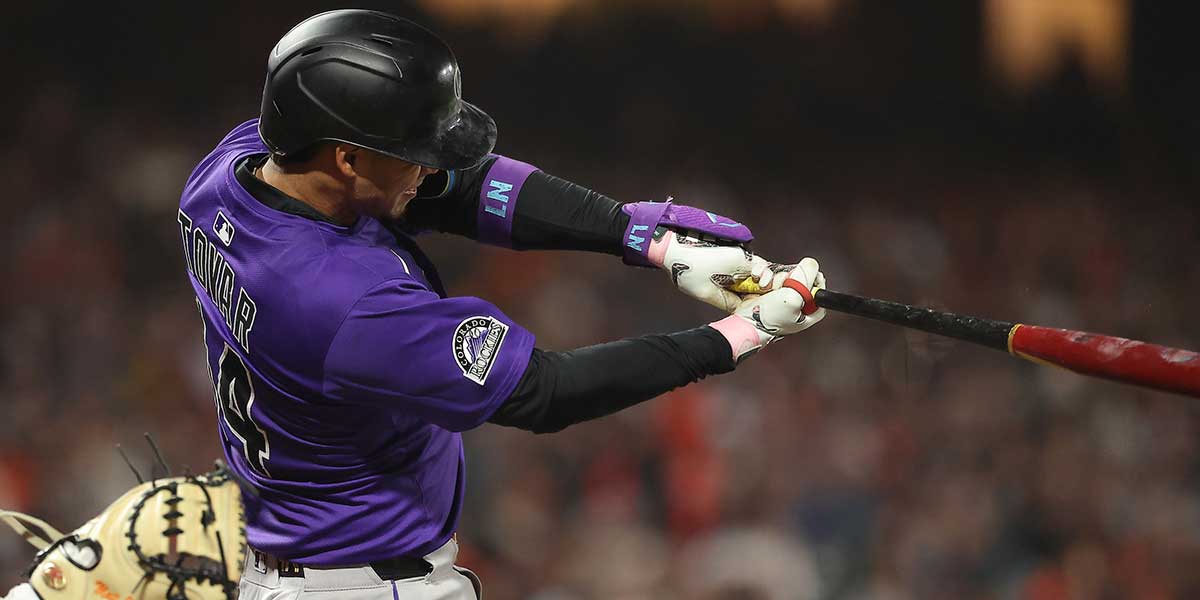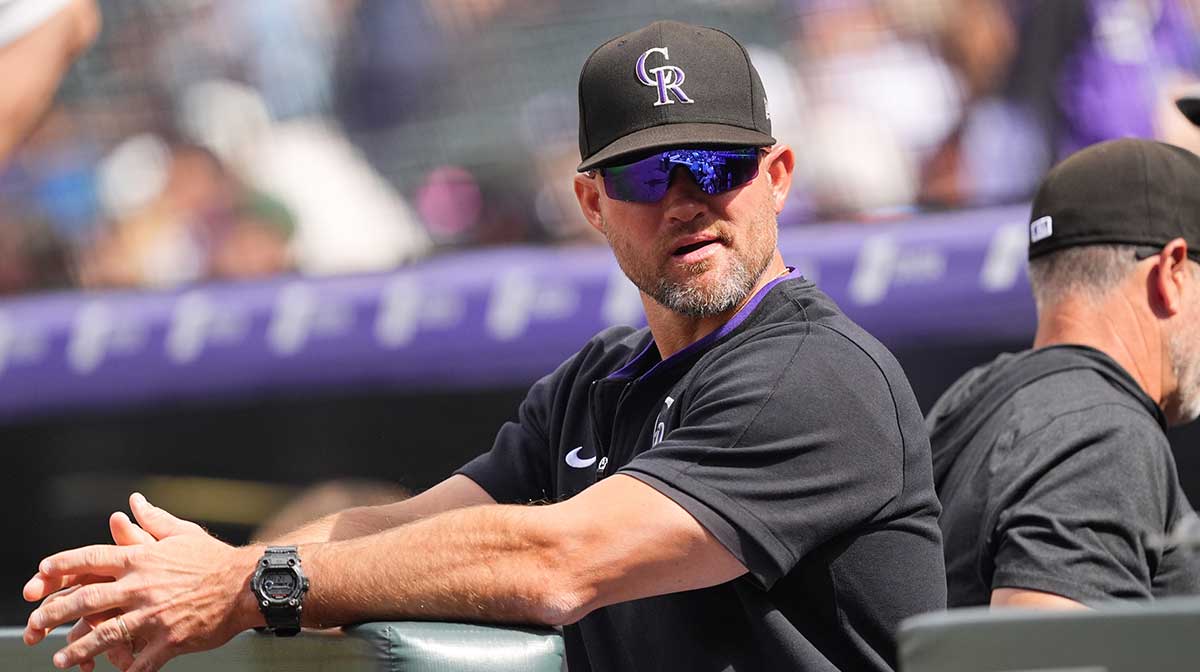As the Colorado Rockies stumble through another challenging season, the franchise faces a familiar crossroads. With the team buried in the NL West cellar and a farm system still in need of high-impact talent, the front office must look beyond short-term fixes and embrace a true rebuild. The 2025 MLB trade deadline, set for July 31, presents a critical opportunity to reshape the roster and accelerate the Rockies’ long-overdue transition. Among the current roster, one name stands out as the most logical and valuable trade chip, Ryan McMahon. The 30-year-old infielder, a homegrown product and one of the Rockies’ few established veterans, should be at the center of Colorado’s trade strategy this summer.
The Case for Trading Ryan McMahon
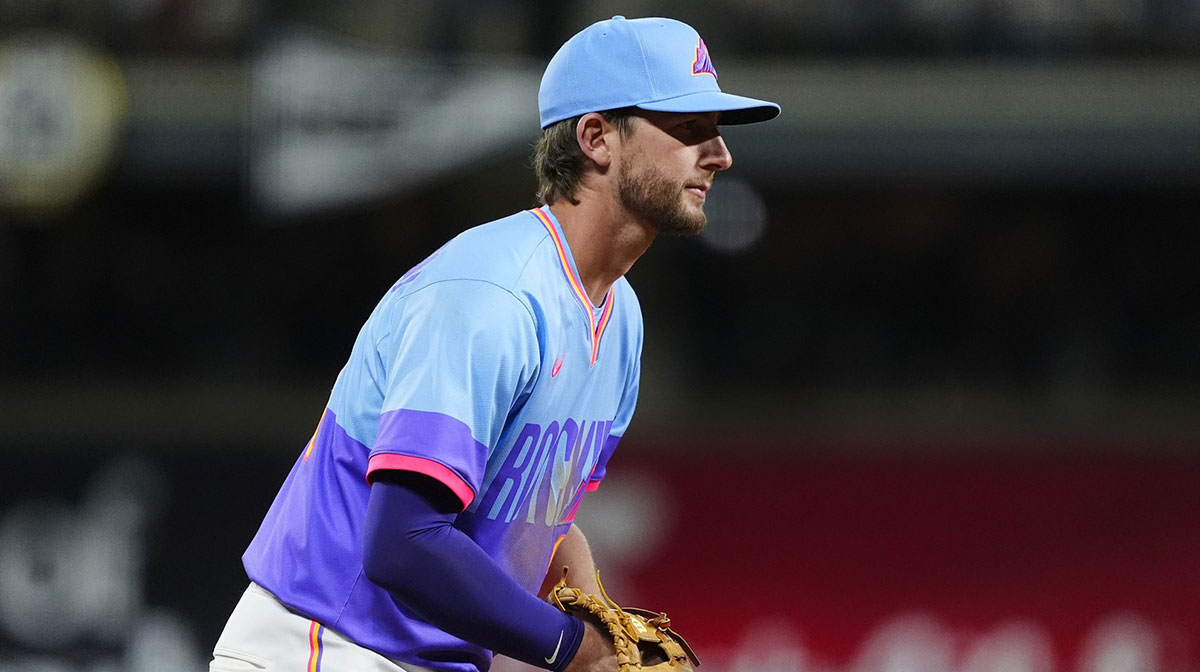
McMahon is the Rockies’ best combination of value, contract control, and trade appeal. Signed through the 2027 season at $16 million per year, he brings stability, defensive excellence, and some offensive pop, especially at Coors Field. While his career wRC+ has never topped 97, McMahon’s glove at third base is well-regarded, and his ability to play multiple infield spots adds to his attractiveness for contenders.
Importantly, McMahon’s contract is not a short-term rental. Teams acquiring him would get three-plus years of control, making him a fit for both win-now clubs and those seeking longer-term solutions at third base or second base. This extra control boosts his trade value, especially in a deadline market that is light on impact infielders.
The Rockies’ disastrous start has already made them a clear seller, and McMahon is drawing interest. According to recent reports, both the Los Angeles Dodgers and Chicago Cubs are closely monitoring McMahon’s availability. The Dodgers, in particular, are seeking stability at third base, with Max Muncy’s contract status uncertain and their infield defense needing a boost. The Cubs, too, are in the playoff mix and could use McMahon’s glove and left-handed bat.
While McMahon’s home/road splits are stark, his offensive numbers are notably better at Coors Field, his defensive reputation and versatility keep his value high. In a market where most available bats are either rentals or flawed defenders, McMahon stands out as a rare blend of reliability and upside for contenders.
The Rockies’ farm system, while improved, still lacks true top-end depth, especially among position players. Their recent drafts have injected some promise, Chase Dollander and Charlie Condon headline a new wave of talent, but the system remains thin behind the top names. Trading McMahon now, when his value is high and multiple teams are interested, gives Colorado a chance to add premium prospects and address organizational weaknesses.
Hanging on to McMahon would be a mistake. By the time the Rockies are ready to contend again, he’ll be on the wrong side of 30 and likely declining. Trading him now maximizes return and signals a clear commitment to rebuilding.
The Trade Proposal
Given the Dodgers’ need and the Rockies’ position, a deal between the two NL West rivals makes sense. Here’s a realistic trade proposal:
Los Angeles Dodgers receive:
-
3B Ryan McMahon
Colorado Rockies receive:
-
OF Josue De Paula (Dodgers’ No. 2 prospect, MLB Top 100)
-
RHP Nick Frasso (Dodgers’ No. 6 prospect)
-
INF Trey Sweeney (Dodgers’ No. 12 prospect)
Josue De Paula is a consensus Top 100 prospect with a high-upside bat and advanced approach, giving the Rockies a potential future cornerstone outfielder. Nick Frasso, a hard-throwing right-hander, could slot into Colorado’s rotation as soon as 2026, addressing a perennial need for pitching. Trey Sweeney, a versatile infielder with on-base skills, adds depth and could compete for a big-league role quickly. This package gives Colorado both high-ceiling talent and near-term contributors, exactly what their system needs.
Los Angeles acquires a Gold Glove-caliber third baseman under contract through 2027, solidifying the infield and providing insurance if Max Muncy departs. McMahon’s left-handed bat fits perfectly in a righty-heavy lineup, and his defensive versatility allows the Dodgers to mix and match as needed. While the Dodgers part with significant prospect capital, they do so from a position of depth, and the move signals a commitment to winning now and in the future.
Trading Ryan McMahon is not just about waving the white flag on 2025—it’s about finally embracing the rebuild the Rockies have long needed. With a historically bad start and little hope for a quick turnaround, Colorado must prioritize the future. By moving McMahon for a package of top prospects, the Rockies can accelerate their rebuild, deepen their farm system, and position themselves for meaningful contention down the line.
The 2025 trade deadline is a pivotal moment for the Rockies. Trading McMahon is the bold move that can change the franchise’s trajectory. The time to act is now.

